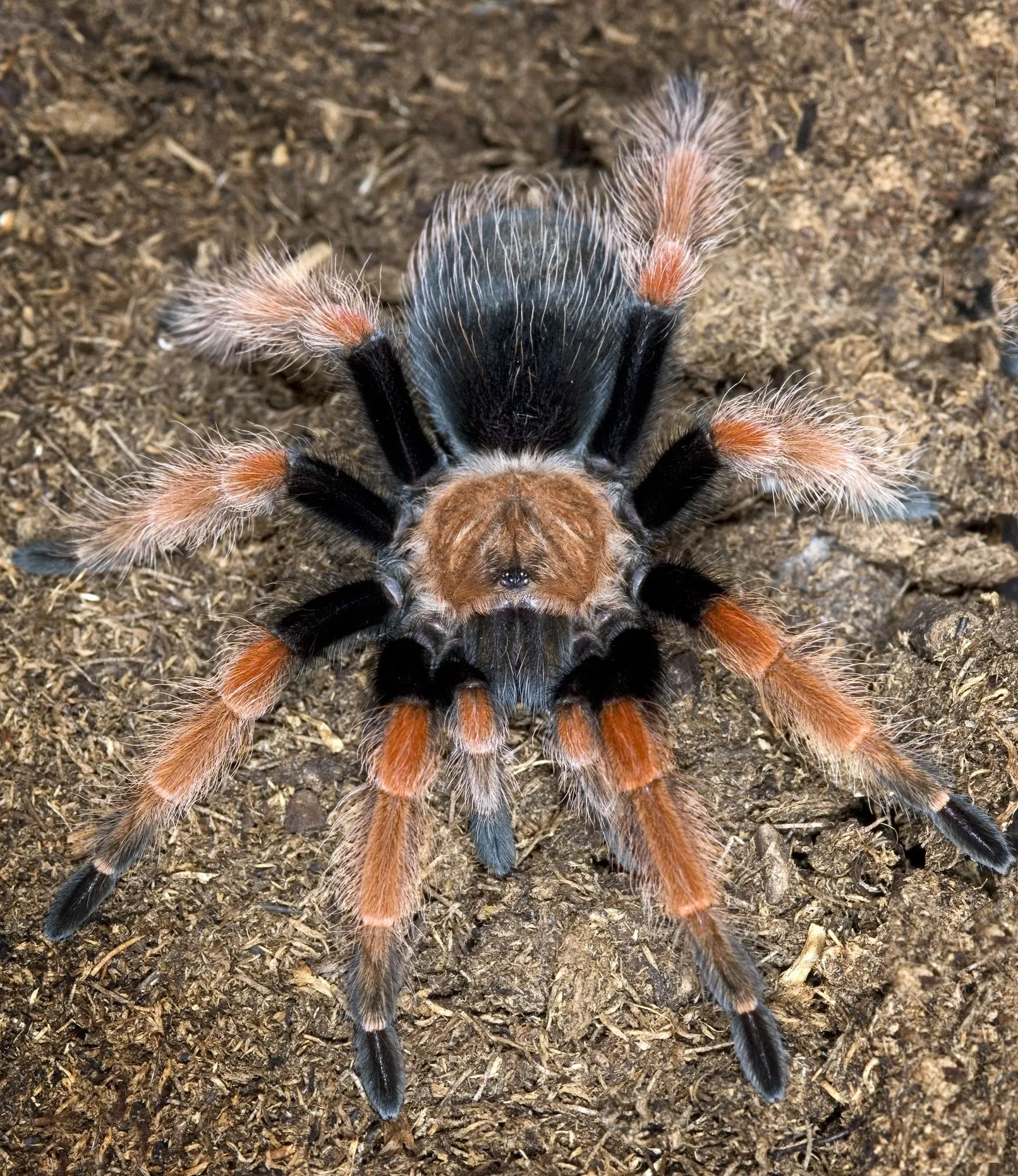Considering a pet tarantula? These fascinating creatures make excellent companions for those seeking a low-maintenance, unique pet. Their quiet nature, captivating appearance, and relatively simple care requirements make them a popular choice for beginners and experienced pet owners alike. But, with so many tarantula species available, it’s essential to choose one that aligns with your experience level and lifestyle. This guide highlights the top 5 pet tarantula species perfect for beginners, offering insights into their characteristics, care needs, and overall suitability for first-time tarantula keepers. Discover the best pet tarantula to start your arachnid adventure!
Easy to Care For Pet Tarantula Species
When selecting a tarantula, beginners should prioritize species known for their docile temperaments, manageable care requirements, and overall hardiness. The following species are often recommended for their forgiving nature, making them ideal for those new to the world of tarantula keeping. These tarantulas tend to be less defensive and have care needs that are easier to meet. Always research individual species thoroughly to ensure you can meet their specific needs.
Chilean Rose Hair Tarantula
The Chilean Rose Hair tarantula (Grammostola rosea) is arguably the most popular pet tarantula, particularly among beginners. Their gentle nature and relatively slow movements make them easy to handle and observe. These tarantulas are typically docile and rarely bite, preferring to flee or flick hairs as a defense mechanism. They are also quite hardy, tolerating slight variations in temperature and humidity, making them more forgiving of occasional care mistakes.
Appearance and Characteristics
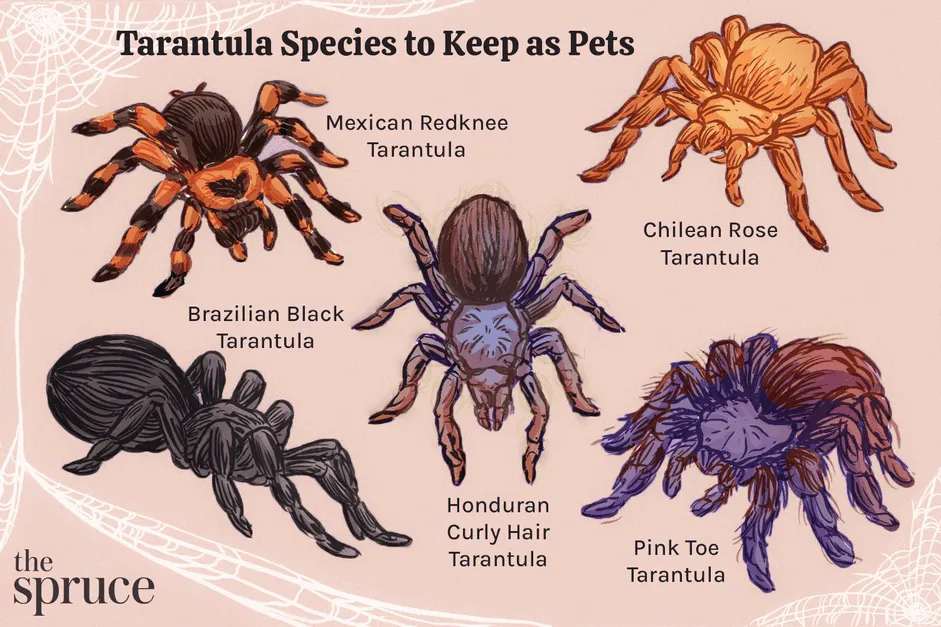
Chilean Rose Hair tarantulas are known for their brownish-pink coloration and hairy appearance. They typically grow to a moderate size, with females reaching up to 6 inches in leg span. Males are generally smaller and may exhibit different coloration. The females are also known for living long lives, sometimes up to 20 years, making them a long-term commitment.
Care Requirements
Caring for a Chilean Rose Hair tarantula involves providing a secure enclosure with appropriate substrate (such as coconut fiber), a shallow water dish, and a hide. They thrive in temperatures between 70-85°F (21-29°C) and moderate humidity levels. Feeding typically consists of insects like crickets or mealworms, offered 1-2 times per week, depending on the tarantula’s size and feeding habits. Always ensure the enclosure is escape-proof and that the tarantula has access to fresh water.
Mexican Red Knee Tarantula
The Mexican Red Knee tarantula (Brachypelma hamorii) is another excellent choice for beginners, prized for its striking appearance and docile temperament. Their vivid red and black markings make them visually appealing, and their calm nature makes them relatively easy to handle. However, like all tarantulas, handling should be done with caution.
Appearance and Characteristics
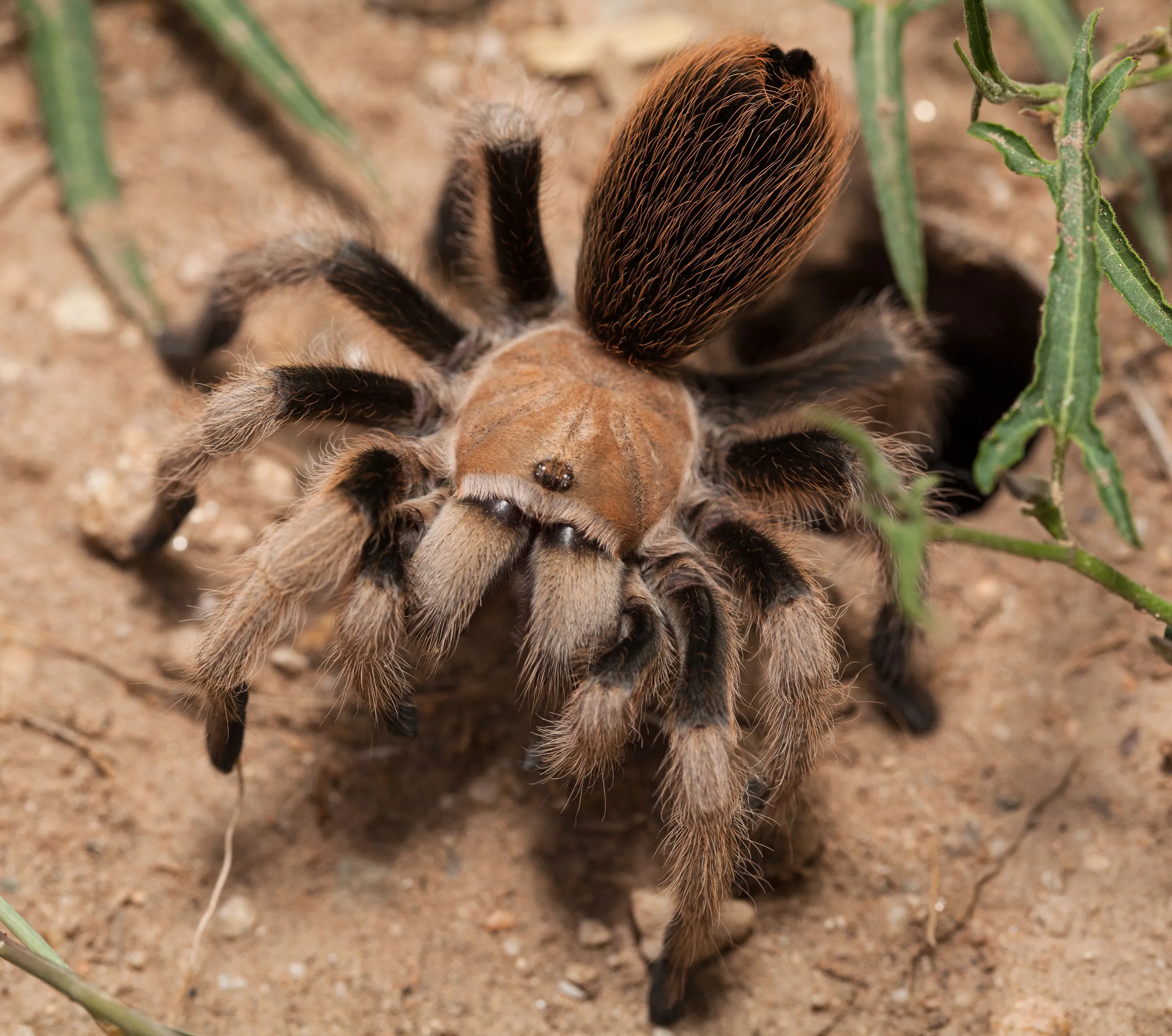
Mexican Red Knee tarantulas are easily recognizable by their black body and vibrant red/orange markings on their leg joints. They can reach up to 6 inches in leg span, with females living for 20-25 years. Males have shorter lifespans, typically 5-10 years. The contrast of colors makes them one of the most visually striking species available as pets.
Care Requirements
These tarantulas require a similar setup to the Chilean Rose Hair, with a suitable substrate, hide, and water dish. They prefer temperatures between 75-85°F (24-29°C) and moderate humidity. Feeding involves insects, and the frequency depends on the tarantula’s size and appetite. Provide a secure, well-ventilated enclosure to prevent escape. They also benefit from occasional misting to maintain humidity.
Brazilian White Knee Tarantula
The Brazilian White Knee (Acanthoscurria geniculata) is another popular species, recognized for its size and striking appearance. They are relatively docile, but can be a bit skittish compared to the Chilean Rose Hair and Mexican Red Knee. With proper handling and care, they make excellent pets.
Appearance and Characteristics
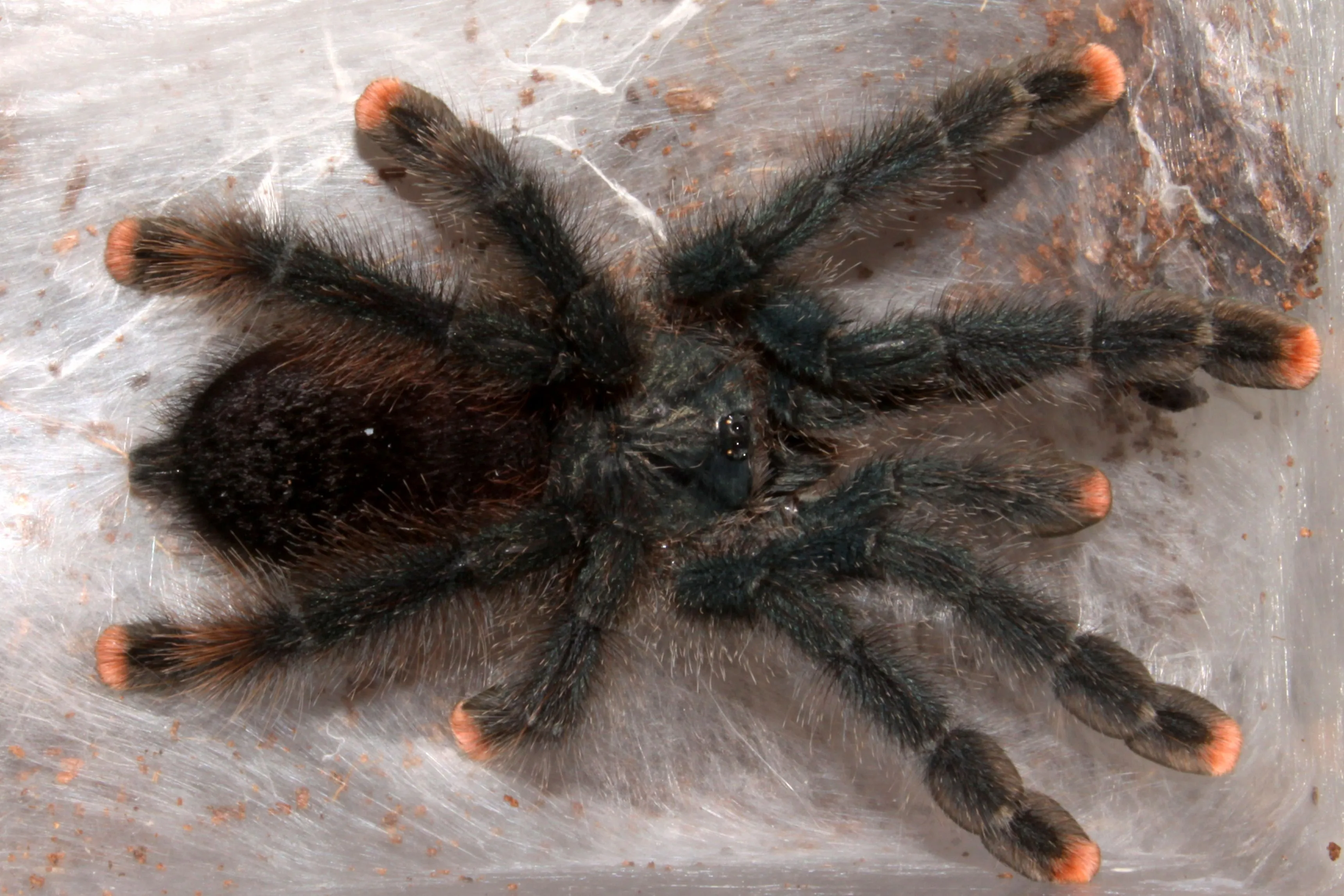
Brazilian White Knee tarantulas have a black body with white bands on their legs, making them visually stunning. They are a fast-growing species and can reach large sizes, with females reaching up to 9 inches in leg span. They are one of the larger species kept as pets.
Care Requirements
Caring for a Brazilian White Knee tarantula involves providing a larger enclosure due to its size. They prefer temperatures between 70-85°F (21-29°C) and moderate humidity. Like other species, they need a substrate, hide, and water dish. Feeding should be adjusted according to the tarantula’s size, and they are voracious eaters, consuming large insects like roaches or appropriately sized crickets.
Curly Hair Tarantula
The Curly Hair tarantula (Tliltocatl albopilosus) is another great option for beginners. Known for its docile temperament and distinctive appearance, this species is a manageable and rewarding pet. They are generally considered to be one of the most gentle of the pet tarantula species.
Appearance and Characteristics
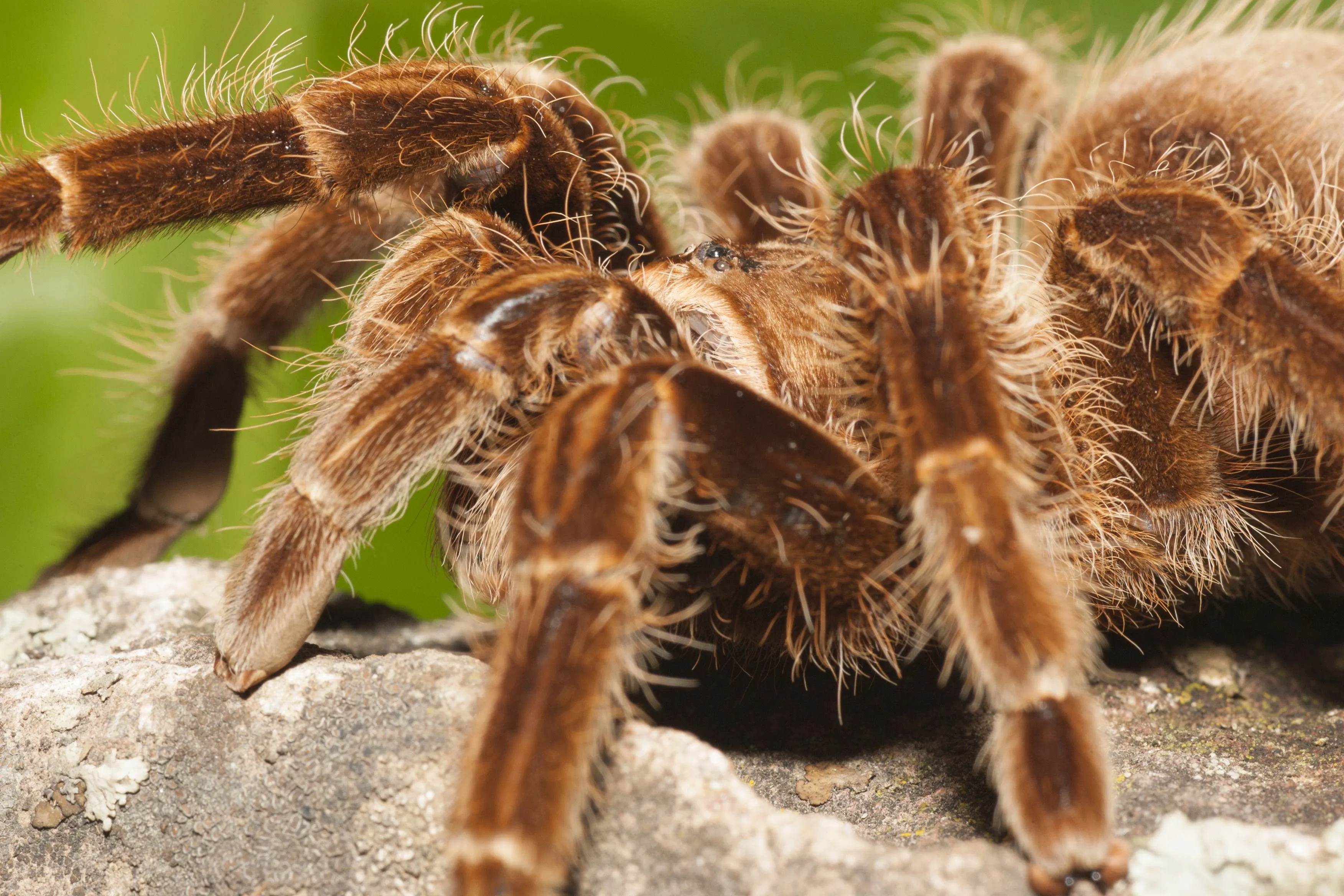
Curly Hair tarantulas have a dark brown body covered in long, curly hairs that give them their name. They are medium-sized, with females reaching up to 6 inches in leg span. Their distinctive look and gentle nature make them very popular among tarantula keepers.
Care Requirements
Caring for a Curly Hair tarantula requires a moderate-sized enclosure, substrate, a hide, and a water dish. They thrive in temperatures between 70-80°F (21-27°C) and moderate humidity levels. These tarantulas are not as sensitive to humidity fluctuations as some other species. They eat insects like crickets and mealworms.
Common Pinktoe Tarantula
The Common Pinktoe tarantula (Avicularia avicularia) is a bit more arboreal than the other species on this list, meaning it prefers to live in trees and branches. They are also colorful and beautiful, making them highly sought after in the pet trade. They are considered by many to be beginner-friendly.
Appearance and Characteristics
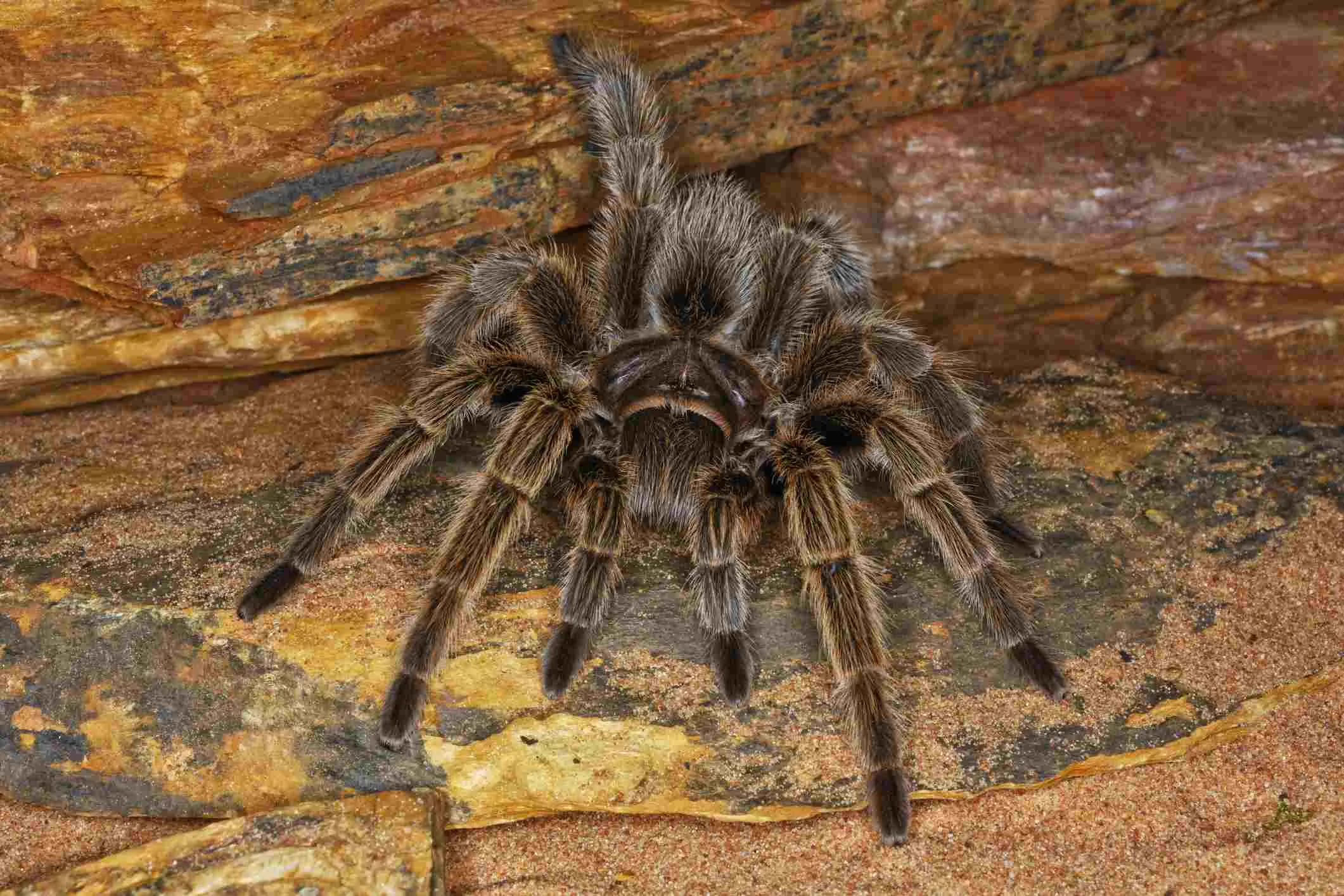
Common Pinktoe tarantulas have a dark body with pink or red toe pads, giving them their name. They are smaller than the terrestrial species listed above, typically reaching up to 5 inches in leg span. They are known for their beautiful coloration.
Care Requirements
The Pinktoe tarantula requires an arboreal setup with vertical space, branches, and a hide. They prefer higher humidity levels (70-80%) and temperatures between 75-80°F (24-27°C). Regular misting is necessary to maintain humidity. Feeding involves insects, and it is recommended to offer food regularly.
General Pet Tarantula Care Tips
Regardless of the species you choose, several general care tips apply to all pet tarantulas. These include providing a suitable enclosure with appropriate substrate, a hide, and a water dish. Maintain the correct temperature and humidity levels for the specific species. Feed your tarantula appropriately sized insects, and remove any uneaten food to prevent mold growth. Handle your tarantula only when necessary and with extreme caution, as bites can be painful, even from docile species. Research your chosen species thoroughly to understand its specific needs and behavior.
Habitat and Enclosure
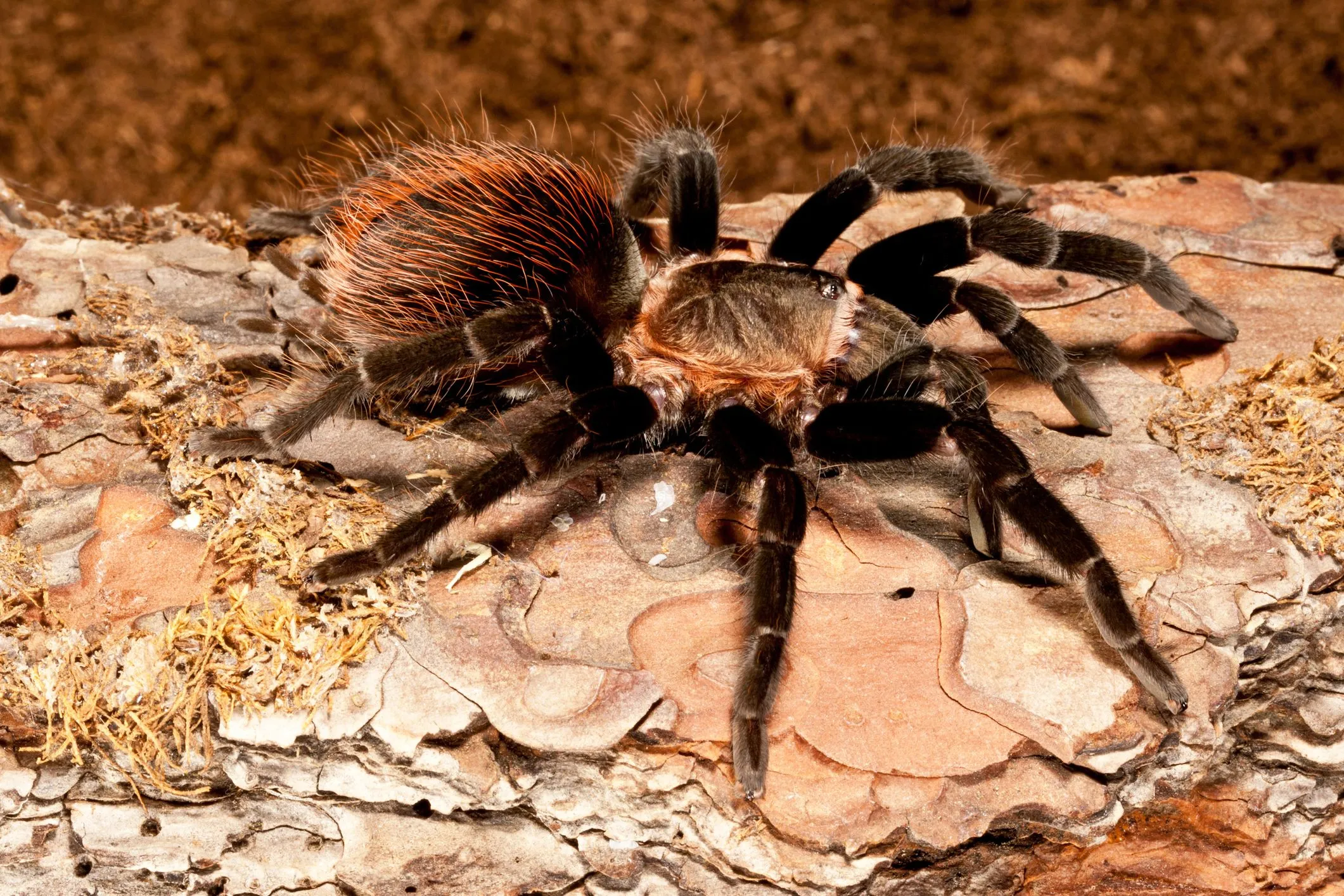
The enclosure is a critical component of tarantula care. The size of the enclosure depends on the size of the tarantula, but generally, it should be at least twice the tarantula’s leg span in width and length. Terrestrial species benefit from more floor space, while arboreal species require vertical space. The enclosure should be escape-proof and well-ventilated. Appropriate substrate, such as coconut fiber or peat moss, should be used to maintain humidity and allow for burrowing (for terrestrial species). Provide a hide, such as a cork bark or a half-log, for security. A water dish is essential for providing fresh water.
Feeding and Diet
Tarantulas are carnivores and primarily eat insects. The size of the insects should be appropriate for the size of the tarantula; avoid offering food that is too large. Crickets, mealworms, and roaches are common food choices. Feeding frequency depends on the tarantula’s age and size, but typically, adults are fed once or twice a week, while juveniles are fed more frequently. Always remove any uneaten food after 24 hours to prevent the buildup of mold and mites. Ensure the tarantula has access to fresh water at all times.
Handling and Safety
While some tarantulas are docile and can be handled, it’s essential to handle them with caution. Tarantulas can bite if they feel threatened, and while their venom is not usually deadly to humans, the bite can be painful. Avoid handling your tarantula unnecessarily. If you choose to handle your tarantula, do so in a safe area close to the ground. Be gentle and avoid sudden movements. Always wash your hands before and after handling. Remember that some tarantulas have urticating hairs, which can cause skin irritation.
Final Thoughts on Choosing a Pet Tarantula
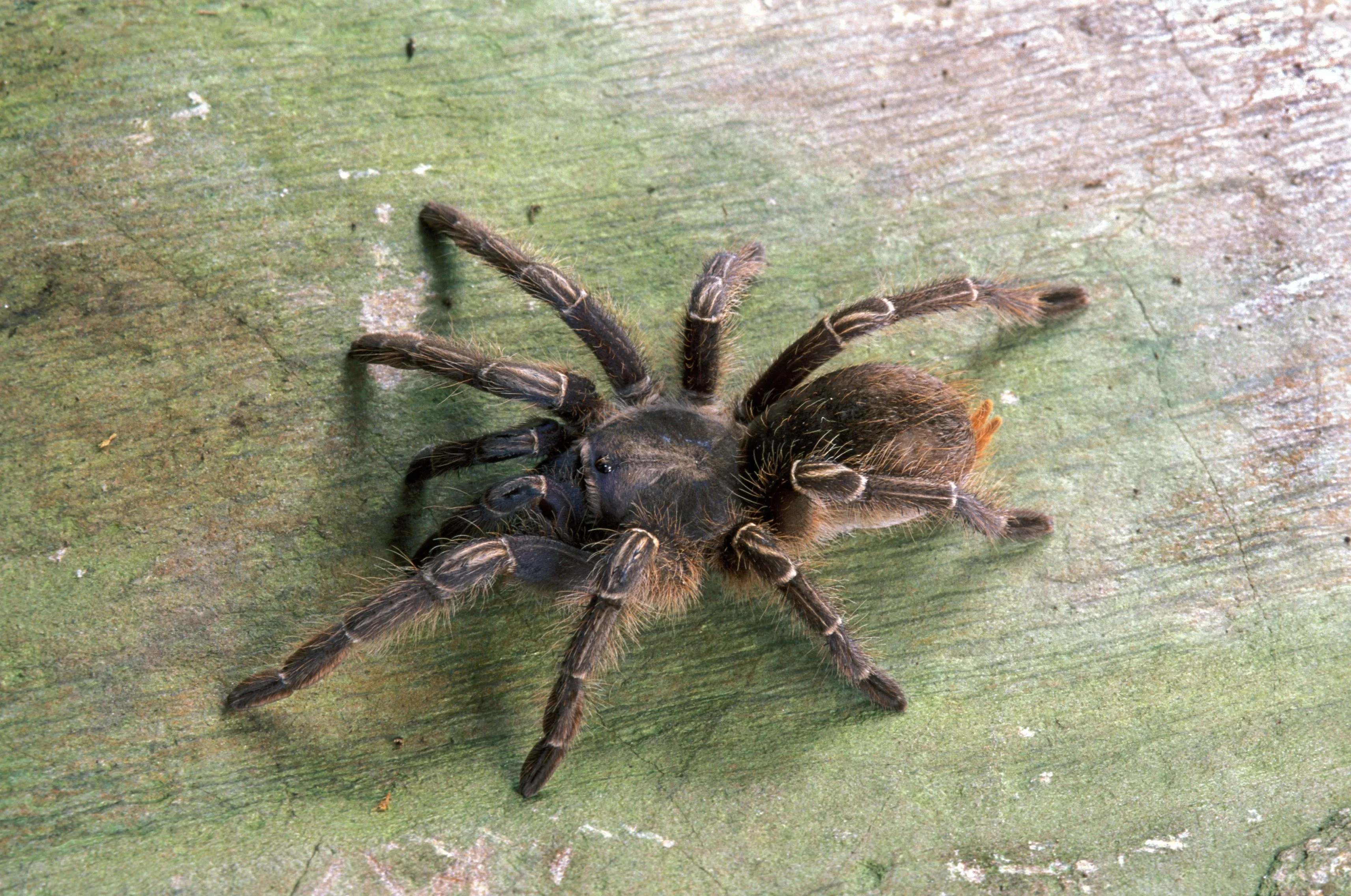
Choosing the right pet tarantula is a rewarding experience, offering a unique opportunity to observe and appreciate these fascinating creatures. The five species outlined above represent excellent choices for beginners due to their relatively docile temperaments, manageable care requirements, and captivating appearances. Remember to research each species thoroughly before acquiring one, ensuring you can provide the appropriate environment and care. With proper knowledge and dedication, you can enjoy the exciting world of tarantula keeping.
